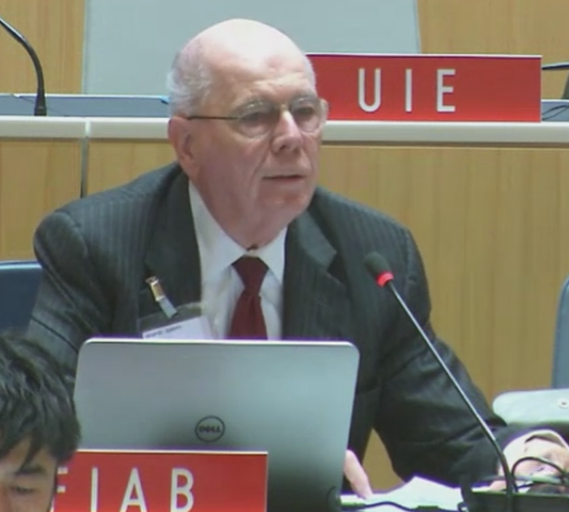IFLA represented by Winston Tabb

IFLA/FIAB: Mr. Chair, I am speaking on the international federation of library associations and institutions which thanks you for your continuing leadership of this committee. On this day after the E U’s historic announcement that the European Union acknowledges the fundamental importance of exceptions to increase cross-border accessibility to content, we are pleased to focus on exceptions and limitations that encompass reproduction which are critical to enable libraries and archives to carry out their core public service roles of providing access for research and private use and for restoration of copies.
Exceptions and limitations for reproduction enable libraries and archives to make copies for two different but related reasons and I want to talk about what those two are and differentiate them. First is reproduction for use. Within a library and within a country, such reproduction can be and often is covered by national law, however, since no library in the world regardless of how large it is can possibly have every item a user might need, libraries must collaborate to support a global network of access to information.
So when a library does not have the journal Article or a book chapter requested by its user, it uses a global database to identify another library that does and requests a copy for individual use. These works often have no commercial value, and even more often are not even available on the market. But they may have content of great importance to an individual or scholar or user who will be producing new scholarly works.
Exceptions and limitations are necessary at an international level in this arena to permit this kind of production and making available. Specifically, the two exceptions must include first the creation and delivery or making of available of a reproduction across borders by the library that has the content on behalf of the user in another country, and, second, the receipt and distribution or making available to the user by the receiving library.
In today’s digital environment, the exceptions must also permit the reproduction and use in whatever format is appropriate whether through physical distribution or making available a digital copy. Now, the second kind of reproduction we need to refer to is that with regard to repairing damaged works. For example, when pages from an out of print item that is unique in a country or torn or missing, that library may need to seek replacement pages from another country’s library.
Exceptions to permit copying, delivery, receipt and use across borders and these limited cases are necessary for these libraries to make these works whole. While this activity could be considered a special form of preservation, librarians typically think of these as complimentary but different activities. In the limited situations I have just described, exceptions are the means by which balance is maintained for the public good within both national and international copyright regimes. Thank you, Mr. Chair.